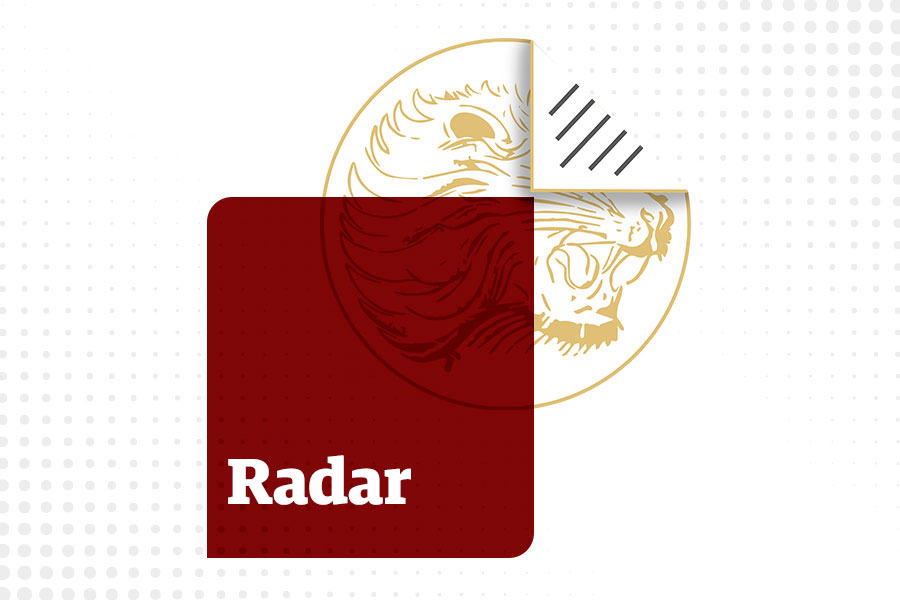
Radar | Sep 10,2023
Sep 10 , 2021
By Asseged G. Medhin
Integrating technology solutions and implementing process improvements that leverage the capabilities of existing personnel and applications should become the norm in the insurance sector, writes Asseged GebreMedhin, insurance professional.
More than most kinds of business, firms in the insurance industry must always find a way to break traditions, legacy systems that perpetuate a limited view of the customer and books of business. They should map out their risks and mitigate them proactively before they materialise.
The solution for every risk they face is their management capability – 19th century risk management systems cannot manage 21st century risks. Both the perception of risk and the attitude of existing and potential customers is changing globally. This challenges insurance companies still following traditional, antiquated business rules, policies, and regulations.
What is the way out from this infant and acrimonious traditional business? Can we name any bank or insurance that is international in its way of doing business? If not, why insert “international” in the brand name of firms? Are we thinking globally but doing locally? There is a strong need to change, but change what?
New models of business and enterprise architecture need to arise. Integrating technology solutions and implementing process improvements that leverage the capabilities of existing personnel and applications should become the norm.
Mere automation is not change, it is the knowhow and the knowledge-based service provision that needs to be updated into the 21st century. There is a need, for instance, for core process improvements, especially in relation to support services. Overlaps must be avoided, work flows simplified and seamless processes integrated to gain a competitive advantage.
Automation is an essential part of this. It has to be properly placed to get the right information from disparate data sources for optimum decision making and ease the inefficient business process. How a 21st-century insurance business should be run is a change in its totality plus automation.
Insurance firms in Ethiopia are introducing automation, but they are doing it using a rigid management philosophy, on an anti-change cemented attitude. Some pay for automation to be built merely to help market the company, while others hate to see the good old days come to an end. But thanks to ongoing global change, companies insisting on tradition have a low fighting chance against the storm of technology and constantly evolving managing techniques.
Companies should be prepared to focus on retaining customers, attracting new ones through various channels, delivering new products, and providing high-quality customer service. Insurance company executives who dare to change their company to streamline the process and deliver improved performance to support profitable growth strategies must work on key strategies.
They can start by changing their core business process to enhance operational efficiency and control expenses across their services value chain. They should also integrate automation across departments where it should be in place, with a central system of operation – this has the advantage of both decentralisation but effective control over running the day-to-day.
No less critical is to change the overall mindset of employees and management until the change reaches customers. Updating the institutions should likewise include introducing business ethics and accountability as well as protect against inefficient employees and inherent gaps of the change itself.
When management systems are updated, the role of the traditionalists is minimised, a typical insurance company’s claim process cycle is shortened, claims leakage will significantly be managed and fundamental market growth through words of mouth can be achieved. It is also possible to optimise customer service, cut costs and staff overload, expand report capabilities to proactively manage works and directives, enhance compliance monitoring and management, lower customer request response time.
If they want to navigate an evolving business environment and fulfill their organisational objectives, insurance companies should take off their traditional casing and put on change as their coat of arms.
PUBLISHED ON
Sep 10,2021 [ VOL
22 , NO
1115]


Radar | Sep 10,2023

Fortune News | Jul 19,2025
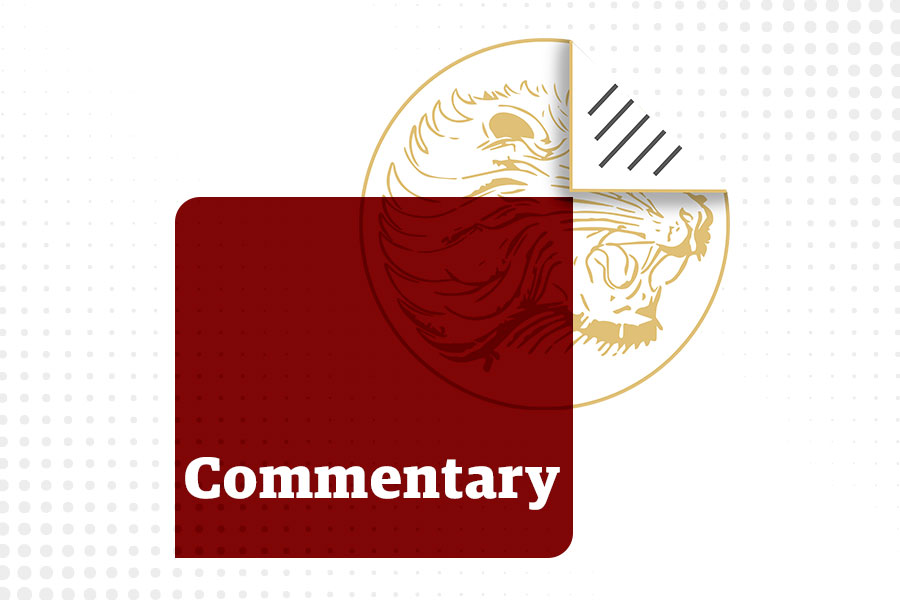
Commentaries | Jul 27,2024

Radar |

Editorial | Apr 30,2021

Featured | Sep 08,2024

Advertorials | Aug 02,2025
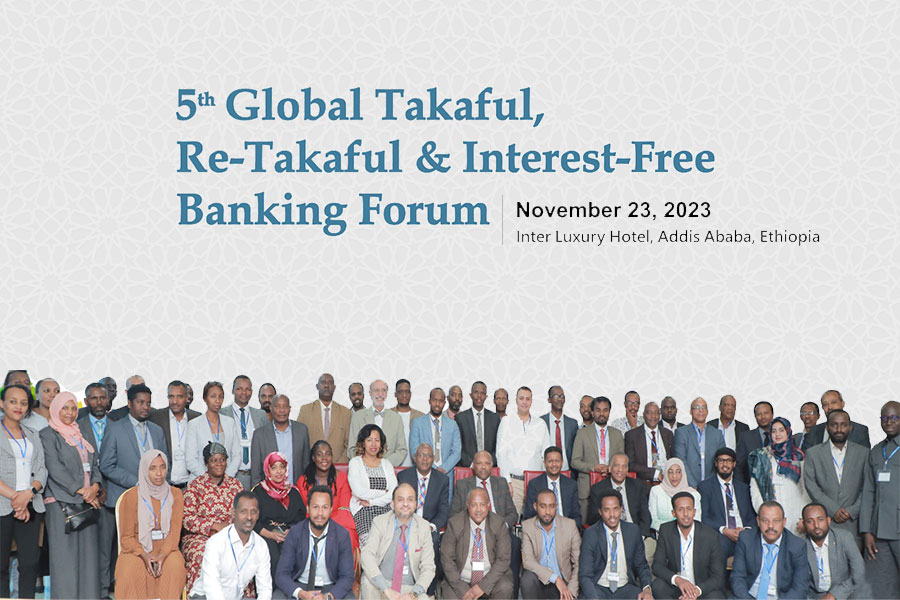
Fortune News | Nov 25,2023

Fortune News | Nov 30,2019

Radar | May 24,2025

Photo Gallery | 180255 Views | May 06,2019

Photo Gallery | 170452 Views | Apr 26,2019

Photo Gallery | 161476 Views | Oct 06,2021
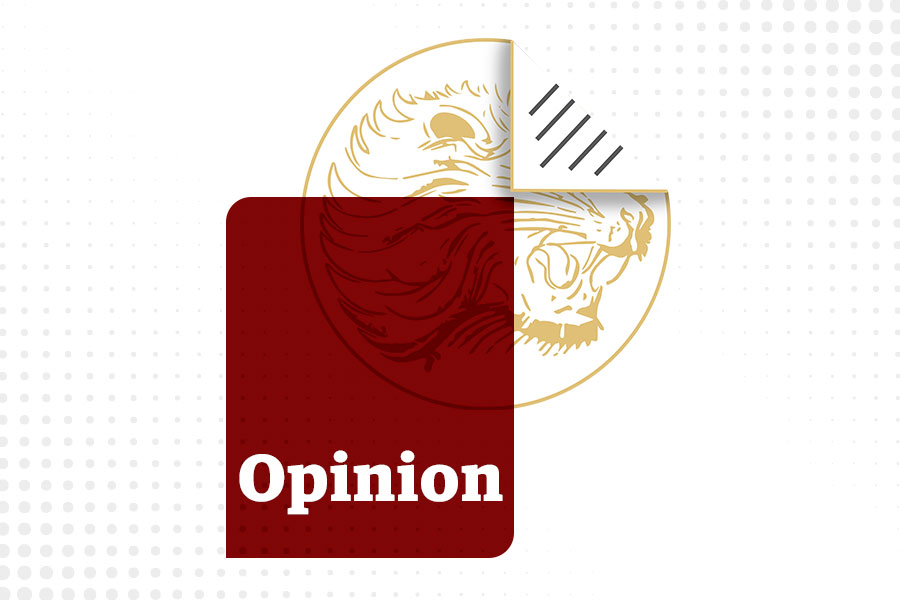
My Opinion | 137267 Views | Aug 14,2021

Dec 22 , 2024 . By TIZITA SHEWAFERAW
Charged with transforming colossal state-owned enterprises into modern and competitiv...

Aug 18 , 2024 . By AKSAH ITALO
Although predictable Yonas Zerihun's job in the ride-hailing service is not immune to...

Jul 28 , 2024 . By TIZITA SHEWAFERAW
Unhabitual, perhaps too many, Samuel Gebreyohannes, 38, used to occasionally enjoy a couple of beers at breakfast. However, he recently swit...
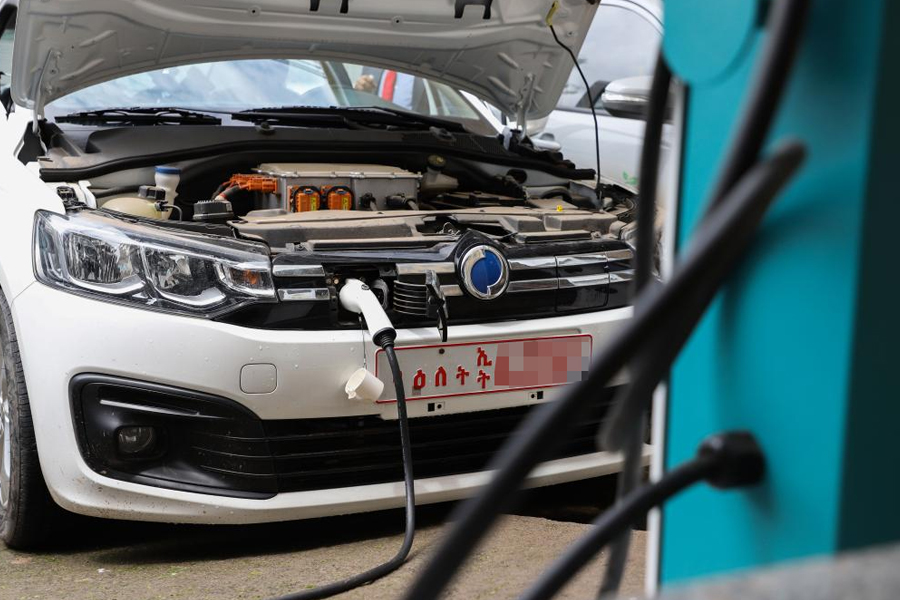
Jul 13 , 2024 . By AKSAH ITALO
Investors who rely on tractors, trucks, and field vehicles for commuting, transporting commodities, and f...

Nov 1 , 2025
The National Bank of Ethiopia (NBE) issued a statement two weeks ago that appeared to...

Oct 25 , 2025
The regulatory machinery is on overdrive. In only two years, no fewer than 35 new pro...

Oct 18 , 2025
The political establishment, notably the ruling party and its top brass, has become p...

Oct 11 , 2025
Ladislas Farago, a roving Associated Press (AP) correspondent, arrived in Ethiopia in...

Nov 2 , 2025
The National Bank of Ethiopia (NBE) has scrapped the credit-growth ceiling that had s...

Nov 2 , 2025 . By SURAFEL MULUGETA
The burgeoning data mining industry is struggling with mounting concerns following th...

Nov 2 , 2025 . By YITBAREK GETACHEW
Berhan Bank has chosen a different route in its pursuit of a new headquarters, opting for a transitional building instea...

Nov 2 , 2025 . By BEZAWIT HULUAGER
Nib International Bank S.C. has found itself at the epicentre of a severe governance...